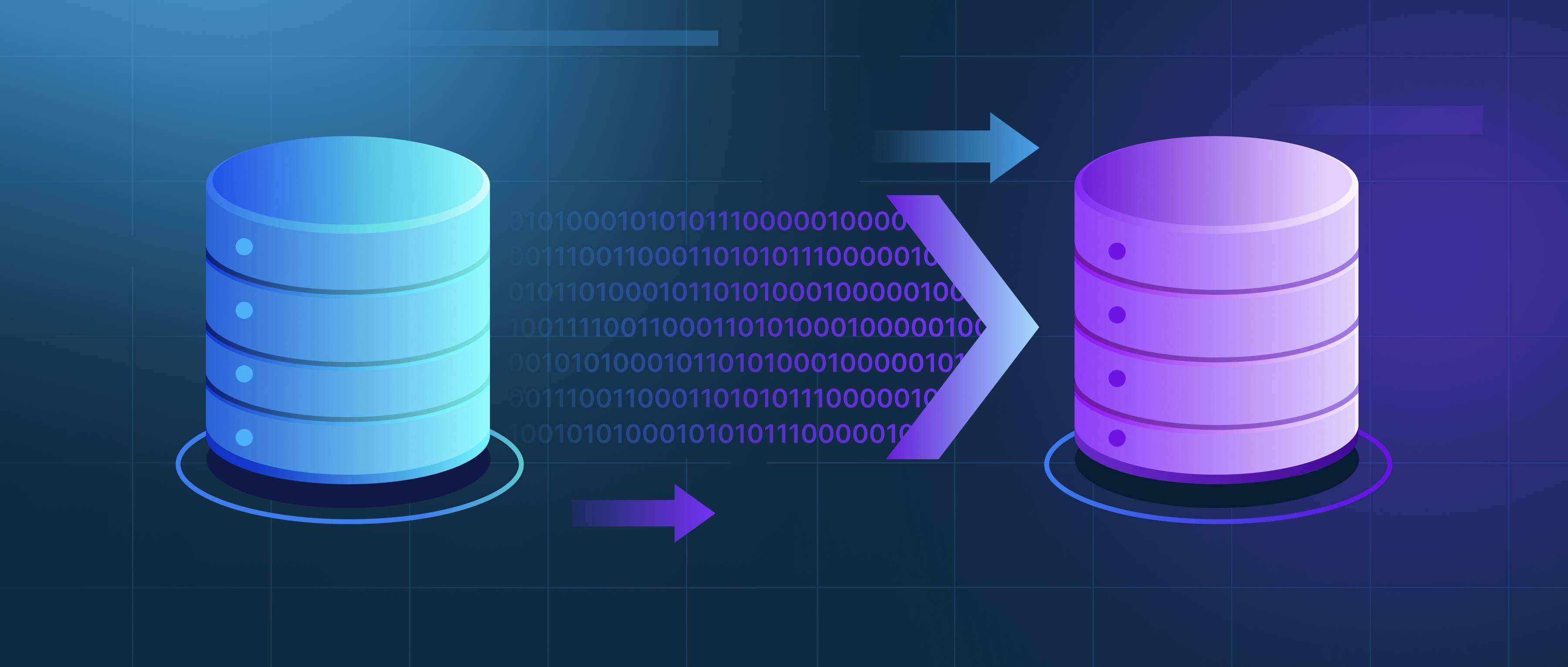To optimize query performance in Haystack, you can focus on a few key strategies that enhance how data is retrieved and processed. First, you should ensure that your indexing strategy is efficient. When setting up your Haystack project, choose the right fields to index based on how often they’ll be queried. For instance, if you frequently search by location or date, indexing those fields can reduce the query time significantly. You can use Haystack’s built-in indexing functions to organize your data meaningfully, allowing quicker retrieval for common queries.
Next, consider refining your queries to reduce the data processed during searches. Instead of performing broad searches that return a large number of documents, use filters or parameters to narrow down the results. For example, if you're retrieving items from a large database, applying criteria such as “active” status filters or specific category tags can cut down on unnecessary data and improve performance. Additionally, limit the fields returned in your results to only those that are required. This minimizes the load on your database and speeds up the response time.
Finally, regularly monitor and analyze your query performance. Tools like query logging can help you identify slow-performing queries or patterns that may indicate inefficiencies. With this information, you can make adjustments, such as optimizing or rewriting those queries for better performance. It’s also valuable to run periodic tests under different loads to understand how your queries scale. By focusing on these strategies, you can significantly enhance query performance in your Haystack application, ensuring a better experience for users.
